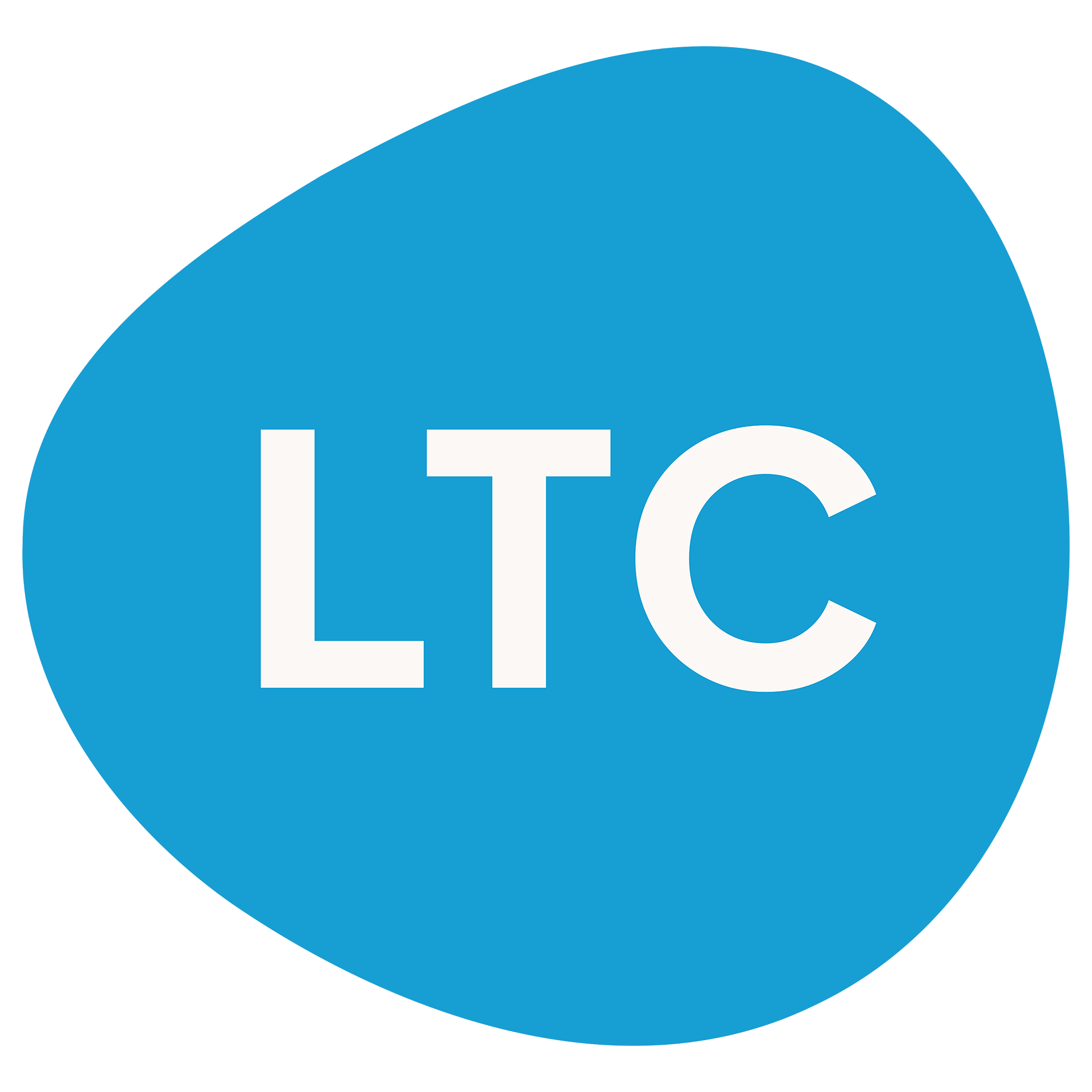Let’s face it – I’m no gourmet, not by any stretch of the imagination. I can cook enough to get by but I’d rather bring a store-bought dish to a school event than spend hours baking my own any day.
As a result, I was fully certain that I hadn’t passed any special “cooking” gene on to my daughter. But to my surprise, a few weeks back, I overheard her talking with a friend and coaching him through the process of preparing a stir fry (over a group video call from a hundred miles away, of course, because we live in the age of video conferencing).
Needless to say, I was curious. So, I listened in for a few minutes. Their motley cooking lesson went a little something like this:
Friend 1 (the would-be cook): “So it can be pink?”
Friend 2: “No, it can’t be pink at all. This is chicken, not beef.”
Daughter: “Right, no pink. Well, maybe a little pink. You don’t want to dry it out entirely.”
Friend 1: “So should there be pink or not?!”
At this point, all six college-age friends (yes, there were six cooks in the virtual kitchen…) started talking over one another, interjecting bits of wisdom about chicken preparation that would have made Julia Child light-headed. After a particular back-and-forth between two of them over what constituted “doneness” for chicken, one friend broke in with perhaps the sagest advice yet.
“I’m just going to go ask my mom.”
The Meat of the Story
I didn’t hang around long enough to learn if that friend’s mom was able to steer them away from getting salmonella. But I did walk away with a question of my own in mind – why all this chatter over chicken? In all likelihood, this friend could have Googled the precise temperature he needed to cook chicken to balance its flavor and safety. Instead, he called up a whole gaggle of his friends and allowed them to collaboratively judge whether his newly acquired ability to cook for himself was up to snuff.
Why go through all of that trouble? After thinking about it for a while, I have an educated guess – all of his friends wanted him to succeed. After hearing that he was trying to assemble a dish of his own, they all came together to ensure he had the technical knowledge needed to make the final concoction turn out half-decent (whether they truly succeeded on that front, I’m still not sure. I’m still waiting for the New York Times recipe reviews to arrive.)
That’s not all, though. Without even trying, my daughter and her friends actually demonstrated several invaluable keys to collaboration that all learners – in the kitchen and otherwise – can benefit from. With that in mind, consider the following keys to collaboration next time you plan out a group-based classroom activity or assignment. They might just help your students discover that collaboration can be just as fulfilling as going at it alone.
Keys to Cooking Up Collaboration in your Classroom
1. Share Knowledge to Build a Collective Understanding
All collaboration is borne out of a need to achieve beyond what an individual can accomplish alone, and that’s fully apparent when it comes to individual knowledge. In the case of my daughter and her friend, he (as a college student recently pushed from the nest) lacked prior experience cooking proper food for himself, let alone a specific understanding of how much “pink” was suitable when cooking chicken.
To remedy this shortcoming, my daughter’s friends shared what they knew, both technically (from cookbooks and online recipes) and from their own prior experiences in the kitchen. This ensured that the greenhorn chef in their midst was able to avoid several beginner mistakes and get his stir fry prepared without too much extra fuss or fire.
In the classroom, this same mentality of amassing knowledge and wisdom can form the bedrock of any successful collaboration. Such efforts can get everyone on the same page and offer benefits to everyone involved from the get-go, rather than waiting for the final result to come to fruition.
2. Challenge the Norm through Questions and Discussions
Of course, any given collaborative group doesn’t know it all. This is as true of a group of hungry college students as it is a panel of their doctorate-bearing professors. As such, it is essential for any collaborative group to appraise what they don’t know and initiate discussions to fill in those blanks.
Questioning the norm can also help iron out misunderstandings or conflicting knowledge that could slow down or inhibit the final product’s completion. With my daughter’s friends, this kind of road bump could be seen in their back-and-forth over the nature of what qualified as “done” chicken. Though they ended up consulting an outside source to resolve that misunderstanding, my daughter’s group was able to identify that gap in their knowledge in the first place by questioning one another in a respectful (and slightly haphazard) manner.
3. Offer Feedback to Benchmark Progress
Feedback is essential for keeping any collaboration on track, whether it’s a quick chat about stir fry preparation or a long-term professional project. Information feedback can often be the best for informal collaboration, as seen when my daughter’s friend pointed his camera at a piece of cooked chicken and asked “is it done?” At that point, the several friends could give their seal of approval and the cook could move onto the next step with confidence.
Formalized feedback can also be necessary, especially in more structured learning environments and in long-term projects. While this formal feedback can take several forms, it should always offer all participants a chance to get up to speed and share their thoughts about the project’s overall trajectory. That way, more serious issues can be addressed in a timely manner before they get out of hand and cause a serious break in the collaborative efforts.
4. Know When to Ask for External Help
As mentioned before, we can’t know it all – even if we are combining our knowledge and experience in a collaborative setting. That’s why it is essential for collaborating individuals to recognize where hard-and-fast understanding wears thin. At that juncture, participants can step back, check the scene again, and make a concerted effort to reach out to an external source before proceeding further.
My daughter’s group nailed this step without any prompting when one of her friends decided that they were going to “ask their mom” for her input. In this particular scenario, that was a very logical move on their part. After all, they recognized that their mom was not only an accessible external source of help, but also one with many more years of experience in this domain. As such, they felt confident that their mom’s word on what constituted “done” chicken could be trusted.
5. Celebrate Shared Success
When all is said and done and the beginner chef has a steaming hot plate of flavorful veggies and chicken before him, then it’s time to celebrate. My daughter’s group did this in the way any friend group meeting virtually would – with a quick fist bump and a few words of congratulations to the hungry cook. Sometimes, that’s all it takes to make the effort feel worth it, including in situations where the final product differs from the original vision.
Beyond the kitchen, celebrating successes can help individuals feel fulfilled at a project’s conclusion. Whether the task at hand was big or small, a noted celebration of its success can help cap off the collaborative efforts and set a positive tenor for any future collaborations. Every group has a different way of celebrating, but what’s important is that you set aside time for it. That way, everyone can feel that their contributions were valued in the process of reaching their shared goal – even if that goal was only to prevent a friend from getting food poisoning.
Resources to Spice Up your Collaboration
Without a pinch of salt, a dash of pepper, and maybe a little garlic here and there, many dishes prepared with the best intentions would come out bland. The same goes for many types of collaboration, which is why you need tools at your disposal to streamline the process. The following resources can all be used to make collaboration more accessible in numerous education environments, including among students and your fellow educators.
Resources for Students
Jamboard’s usefulness in facilitating in-classroom collaboration is no secret. But there’s a lot more you can do with this handy Google tool, including building activities that get the whole class thinking as a single unit. This resource collection Ditch That Textbook can teach you how, starting with the basics and working its way up through advanced uses.
This curated collection from Common Sense Education offers a succinct list of which digital tools have been proven to make in-classroom collaboration engaging and enriching. Included here are favorites like Minecraft: Education Edition and Breakout EDU as well as some up-and-coming options like Makers Empire and Spiral.
Resources for Educators
No matter what part you play in the education equation, you deserve the opportunity to connect with and ask questions of your peers all across Illinois. The LTC Community offers you the chance to do that as well as access a growing library of resources on a single, user-friendly platform. The Community is fully free, too, so becoming a contributor is a snap.
Did you know that Google Classroom features built-in collaboration tools? They’re just a few of the new functions added into Google Classroom over the past year. Even if your classroom has shifted back to in-person instruction, check out this free online course all about Google Classroom. You’ll walk away with a better understanding of this keystone app and 2 PD credit hours to boot.
Working Together to Make Education a Success
Here at the LTC, we strive to be a resource you can reach out to when you’re interested in collaborating. Our statewide team of regional educational technology coordinators is always ready to help your district grow its professional acumen, including through in-district and year-long professional development experiences.
Each year, the LTC also offers numerous opportunities for educators to gather together and share their wisdom. This includes our regular slate of local networking events as well as our virtual and in-person conferences, such as the upcoming Computer Science Symposium and the Illinois Education and Technology Conference.





